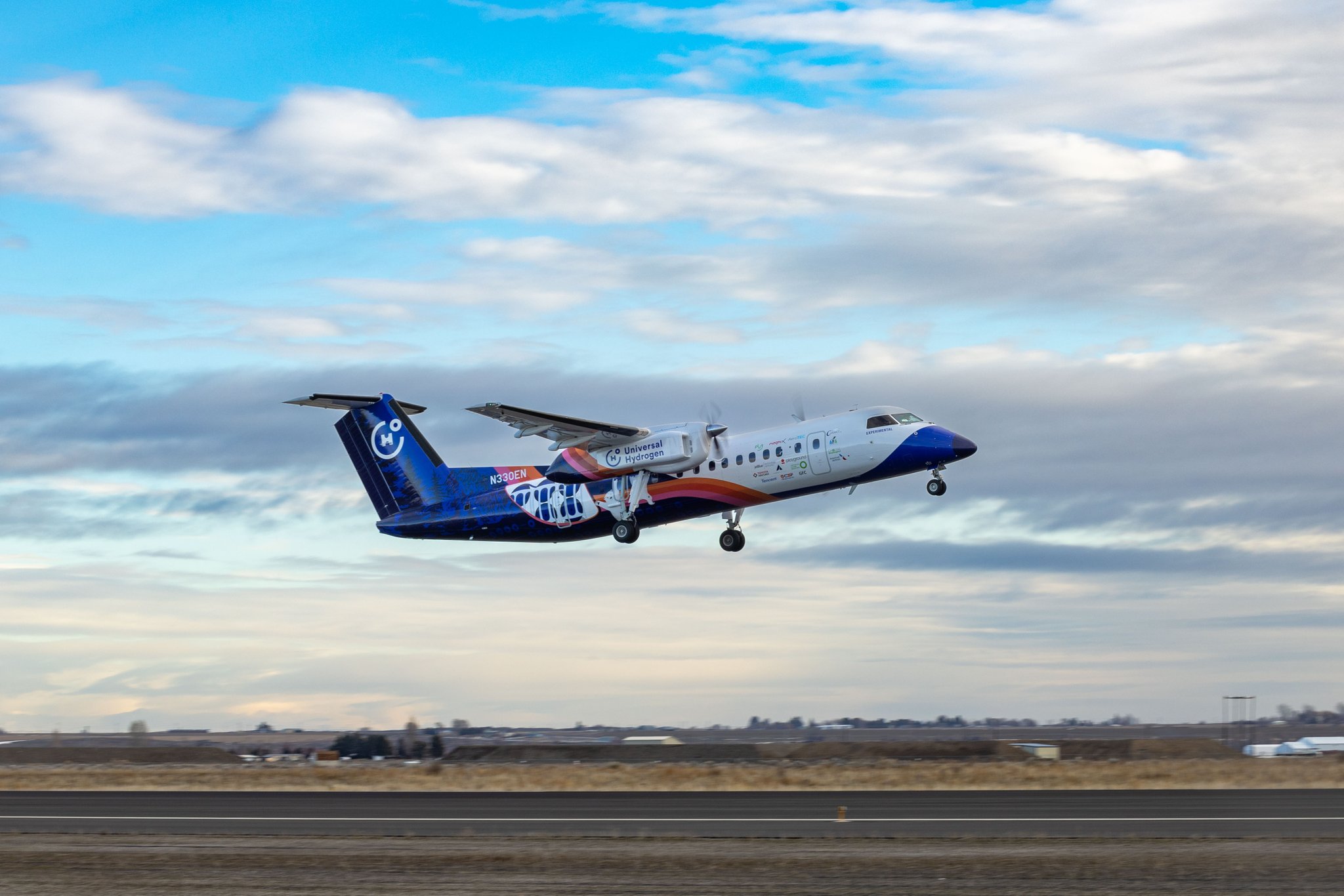Leeham News and Analysis
There's more to real news than a news release.
Bjorn’ s Corner: New aircraft technologies. Part 43. Delivery
December 22, 2023, ©. Leeham News: We are discussing the different phases of a new airliner program. After covering the Design, Prototype phase, and Production, we now look at the first deliveries.
After about seven to nine years of development and production preparation, it’s finally time for the first delivery of the new aircraft.
Bjorn’s Corner: New aircraft technologies. Part 42. Improving the learning curve
December 15, 2023, ©. Leeham News: We are discussing the different phases of a new airliner program. After covering Conceptual, Preliminary, and Detailed design, the manufacturing of prototypes, and their roles in flight tests, we now look at the production phase.
Last week, we discussed why production costs vary over time and why they can be up to 500% higher for the first units than for units past 400 to 500 aircraft produced. Now we go deeper into the reasons behind this and what can be done to improve the situation.
Bjorn’s Corner: New aircraft technologies. Part 41. Production learning curve
December 08, 2023, ©. Leeham News: We are discussing the different phases of an airliner development program. After covering Conceptual, Preliminary, and Detailed design, the manufacturing of prototypes, and their roles in Flight Tests, we now look at Production.
Last week, we explained why aircraft projects often fail 100 to 200 aircraft into production. What’s not well understood is the effects of production learning on product cost.
The Exception to the Green Propulsion Rule
Subscription required
By Bjorn Fehrm
November 30, 2023, © Leeham News: The interest in Green alternative propulsion for airliners started in earnest at Farnborough Air Show 2014, where Airbus flew the E-Fan battery-electric aircraft. What followed was a dense stream of alternative propulsion airliner projects.
They all have in common that nothing much has come out of them. We have a Pipistrel two-seat trainer that can fly for 50 minutes on batteries, but not much else. More elaborate projects have wide slips in their plans, and nine years later, we lack real prototypes for all projects.
We have functional models flying for nine-seat hybrids and 19/30-seat hydrogen fuel cell aircraft that swap one engine for a Green alternative. Of the latter, there is one project that stands out from the rest. It has shown real progress over the last years and has realistic plans for a 55-seat hydrogen airliner that can be operational in three to four years.
We will analyze why the Universal Hydrogen ATR fuel cell project is the exception to the “Green Propulsion Rule,” that nothing comes out of all plans, and why it could be the first Green Propulsion airliner, ending a 10-year draught.
Summary:
- A Green Propulsion project means the airliner does not use hydrocarbon-burning (Kerosene or SAF) gas turbines.
- The project that breaks the rule that nothing seems to reach practical use this side of 2030 is the Universal Hydrogen ATR project.
Bjorn’s Corner: New aircraft technologies. Part 39. Production
November 23, 2023, ©. Leeham News: We are discussing the different phases of an airliner development program. After covering Conceptual, Preliminary, and Detailed design, the manufacturing of prototypes, and their roles in flight tests, we now look at production.
The focus and work around the production of an airliner has increased over the last decade. Why this renewed focus?
Bjorn’s Corner: New aircraft technologies. Part 38. Flight tests
November 17, 2023, ©. Leeham News: We are discussing the different design phases of an airliner development program. After covering Conceptual, Preliminary, and Detailed design and the manufacturing of prototypes and their roles, we now look deeper at the flight test phase.
Bjorn’s Corner: New aircraft technologies. Part 38. Flight test aircraft
November 10, 2023, ©. Leeham News: We are discussing the different design phases of an airliner development program. After covering Conceptual, Preliminary, and Detailed design, we now discuss prototype manufacturing and testing.
Today, we look at the different flight test aircraft needed and their roles.
Bjorn’s Corner: New aircraft technologies. Part 37. First flight test prototype
November 3, 2023, ©. Leeham News: We are discussing the different design phases of an airliner development program. After covering Conceptual, Preliminary, and Detailed design, we now discuss prototype manufacturing and testing, Figure 1.
Today, we look at the role of the first flying prototype.
Bjorn’s Corner: New aircraft technologies. Part 36. Prototype manufacturing and Testing
October 27, 2023, ©. Leeham News: We are discussing the different design phases of an airliner development program. After covering Conceptual, Preliminary, and Detailed design (Figure 1), we now discuss prototype manufacturing and testing, where we today go deeper into structural testing.
Bjorn’s Corner: New aircraft technologies. Part 35. Prototype manufacturing and Testing
October 20, 2023, ©. Leeham News: We are discussing the different design phases of an airliner development program. The typical phases and their time use and manning are described in the Gant chart in Figure 1.
After covering Conceptual, Preliminary, and Detailed design, we now discuss Prototype manufacturing and Testing.






